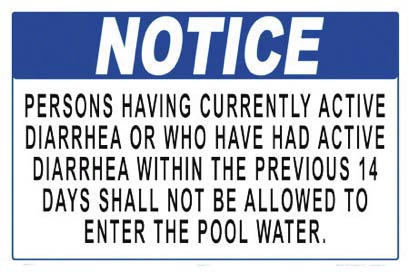 The Greater Los Angeles Chapter of Community Associations Institute has published its May/June issue of Focus Magazine, which features an article by David Swedelson, Esq. describing case law which affects California community associations’ disclosure responsibilities. As David describes in the article, associations may be obligated to provide owners’ email addresses to an owner upon request. Follow this link to read the article.
The Greater Los Angeles Chapter of Community Associations Institute has published its May/June issue of Focus Magazine, which features an article by David Swedelson, Esq. describing case law which affects California community associations’ disclosure responsibilities. As David describes in the article, associations may be obligated to provide owners’ email addresses to an owner upon request. Follow this link to read the article.
Have questions regarding whether your association should disclose email addresses? Contact David Swedelson at dcs@sghoalaw.com.
 HOA Law Blog
HOA Law Blog



 Have you heard the latest regarding new required pool signage at California community association pools? Our attorneys have been receiving a lot of inquiries about whether a new “poop sign” is required to be posted at community associations that have pools. We have to report that a diarrhea sign is now required. In 2012, the California Building Standards Code (the “Code”) was amended, effective September 1, 2012. The Code states that it applies to “public pools.” At first glance, one would think that just as the Americans with Disabilities Act does not generally apply to community associations,
Have you heard the latest regarding new required pool signage at California community association pools? Our attorneys have been receiving a lot of inquiries about whether a new “poop sign” is required to be posted at community associations that have pools. We have to report that a diarrhea sign is now required. In 2012, the California Building Standards Code (the “Code”) was amended, effective September 1, 2012. The Code states that it applies to “public pools.” At first glance, one would think that just as the Americans with Disabilities Act does not generally apply to community associations,  Unless you have been sleeping with Rip Van Winkel for 20+ years (and if you have been, then maybe you have a disability), you are likely aware that there are a number of laws that deal with the rights of disabled individuals to be accommodated. This would include the Americans with Disabilities Act (“ADA”) and the Federal Fair Housing Act (“FFHA”) as well as California Fair Housing Act (“CFHA”). These laws deal with public and private facilities, and to some extent include condominium and homeowner associations. These laws address who is responsible for making modifications or changes to common area to accommodate individuals with disabilities – the owner or the association. It is important to understand the distinctions in the law, as many disabled individuals may insist that their community association is obligated to comply with the ADA, and that can be expensive as well as complicated. The fact is that the ADA likely does not apply to your association. See my prior article entitled
Unless you have been sleeping with Rip Van Winkel for 20+ years (and if you have been, then maybe you have a disability), you are likely aware that there are a number of laws that deal with the rights of disabled individuals to be accommodated. This would include the Americans with Disabilities Act (“ADA”) and the Federal Fair Housing Act (“FFHA”) as well as California Fair Housing Act (“CFHA”). These laws deal with public and private facilities, and to some extent include condominium and homeowner associations. These laws address who is responsible for making modifications or changes to common area to accommodate individuals with disabilities – the owner or the association. It is important to understand the distinctions in the law, as many disabled individuals may insist that their community association is obligated to comply with the ADA, and that can be expensive as well as complicated. The fact is that the ADA likely does not apply to your association. See my prior article entitled  Blog Post by David Swedelson, Founding Partner SwedelsonGottlieb
Blog Post by David Swedelson, Founding Partner SwedelsonGottlieb Apparently there are many of you out there that are not aware that as of January 2010, California community associations are permitted by law to distribute budget packages and most annual disclosure documents to owners electronically so long as owners give their written consent to receive them by email. Once that consent is obtained, budget distribution can become virtually paperless. To read the statute,
Apparently there are many of you out there that are not aware that as of January 2010, California community associations are permitted by law to distribute budget packages and most annual disclosure documents to owners electronically so long as owners give their written consent to receive them by email. Once that consent is obtained, budget distribution can become virtually paperless. To read the statute, 